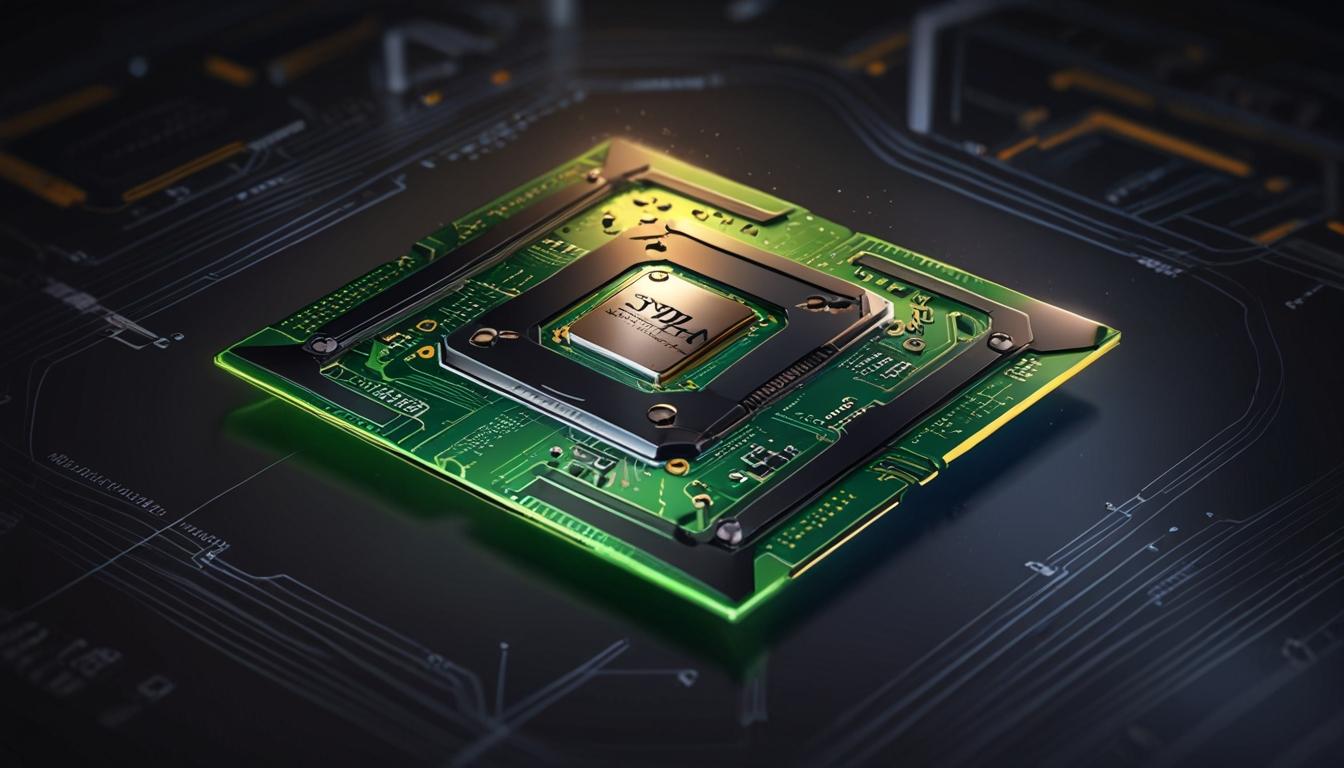In recent years, Nvidia has rapidly emerged as a key player in the global semiconductor industry, particularly at the forefront of artificial intelligence (AI) technology. The company's fiscal revenues surged from $27 billion in 2023 to an anticipated $130.5 billion by 2025, while its share price has experienced an impressive increase of over 680% since the start of 2023.
Nvidia's ascent is closely linked to its development of powerful processors such as the Blackwell Ultra chip, showcased at the company’s annual GPU Technology Conference (GTC) event. Although Nvidia may not yet be a household name on the scale of other Big Tech giants, it occupies a critical position in powering AI applications worldwide, with products ranging from gaming graphics processors to AI-driven software platforms.
Central to Nvidia’s innovation has been its dedicated research division, Nvidia Research, which was established in 2006. Despite being relatively small compared to rival research operations in Silicon Valley, the team of roughly 300 scientists and engineers has delivered foundational technologies critical to the company’s growth. These include ray-tracing, a technology that produces realistic lighting effects for both gaming and professional design use, as well as NVLink and NVSwitch, which facilitate high-speed data exchange between graphics processing units (GPUs) and central processing units (CPUs)—a necessity for advanced AI systems.
Currently, Nvidia Research is expanding into new frontiers such as novel chip architectures, quantum computing, and creating sophisticated software simulators that enable autonomous robots and vehicles to navigate real-world environments. These projects are part of strategies designed to sustain Nvidia’s competitive edge amid a rapidly evolving technological landscape.
Bill Dally, senior vice president of research and chief scientist at Nvidia, emphasised the research team’s mindset regarding innovation: “We have to realise that most things we start in Research fail, and that's actually a good thing,” he said. “I tell people, you know, if everything you do succeeds, you're not swinging for the fences. You're bunting.”
This approach to innovation, which embraces frequent setbacks as a natural part of breakthrough development, has resulted in several landmark technologies. For example, Nvidia’s ray-tracing took a decade to perfect but is now integral to hundreds of popular games and professional design applications. Bryan Catanzaro, vice president of applied deep learning research, joined Nvidia in 2008 as an intern and highlighted the company's perseverance with AI technology. He recalled that back in 2011, AI was generally viewed with scepticism, viewed as an outdated concept without promise. However, a small group at Nvidia remained convinced of its potential, and the company afforded them the opportunity to continue refining their work incrementally, which led to increased investment and eventual success.
Another technology reflecting Nvidia's long-term commitment is its deep learning super sampling (DLSS) product line. The initial version, introduced in 2019, used AI to enhance game graphics and performance but met with mixed reviews. Over successive iterations culminating in DLSS 4, the technology now delivers significant improvements, enabling high-quality visuals for demanding titles such as Cyberpunk 2077. Catanzaro commented: “DLSS 1.0 was not great, and a lot of people thought that it was a bad idea. We believed in it.”
Beyond direct product development, Nvidia’s research efforts also aim to stimulate demand for its GPUs through application expansion. Dally cited “Sana,” a text-to-image generative network developed by Nvidia researchers that, while not a commercial product, encourages external utilisation of Nvidia hardware, thereby broadening the market for GPUs.
However, Nvidia faces increasing competition in AI chip development. Companies such as AMD have introduced rival chips, and some of Nvidia’s own customers are creating specialised AI processors. Additionally, macroeconomic factors like tariffs, export controls, and unpredictable governmental regulations exert ongoing influence on Nvidia’s market valuation. Earlier in the year, the unveiling of DeepSeek’s R1 AI model notably led to a sharp decrease in Nvidia’s market capitalisation.
Despite these challenges, Nvidia’s continued investment in research is expected to be crucial as major technology firms including Amazon, Google, Meta, and Microsoft prepare to allocate billions towards AI infrastructure in the coming years. As demand for AI capabilities grows, Nvidia’s capacity to innovate rapidly may determine its position in this competitive field.
Nvidia’s stock responded positively following the announcement of its latest chip technologies, rising over 1% in pre-market trading on Thursday. The company’s research philosophy, centred on embracing the risk of failure while persistently advancing promising technologies, remains a core element of its strategy as it seeks to maintain and expand its role in the evolving AI and chip markets.
Source: Noah Wire Services
